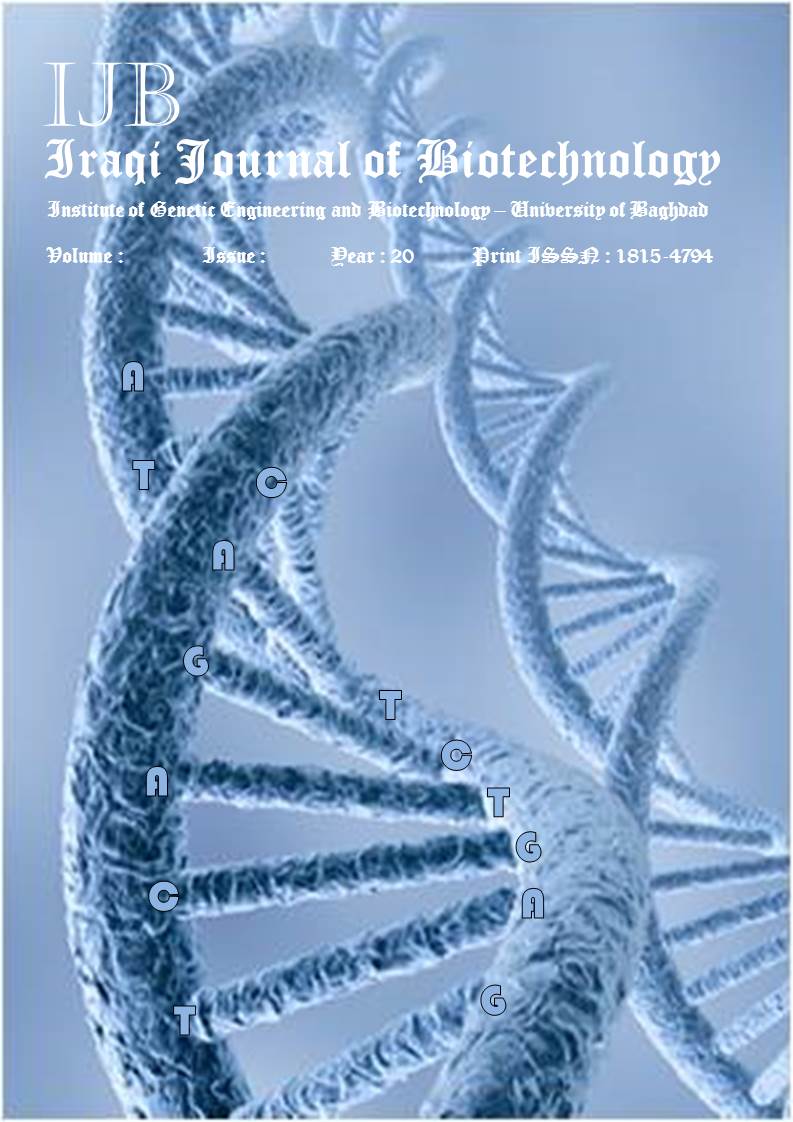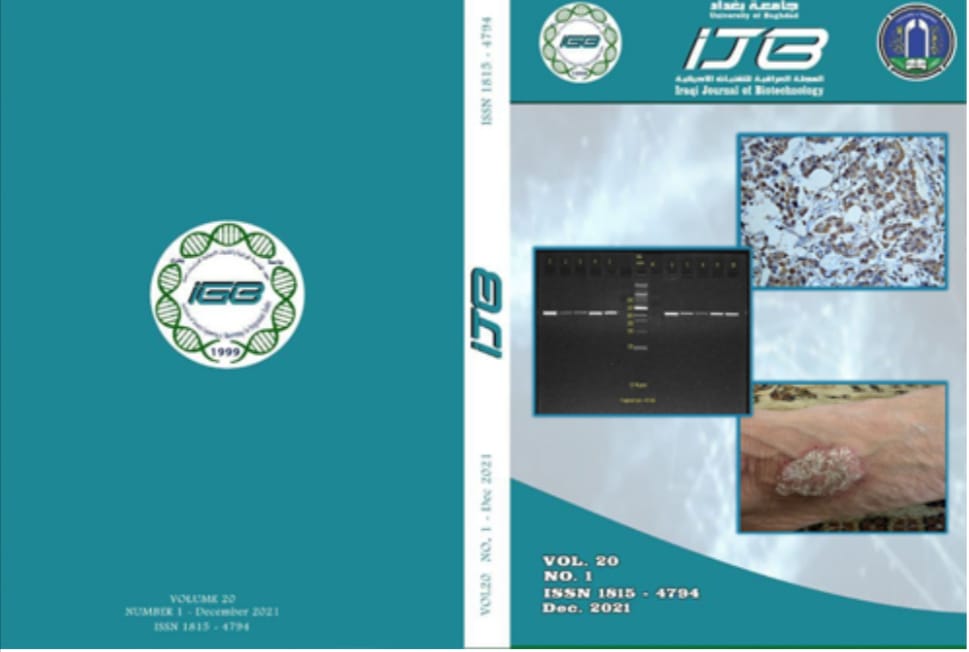Evaluation of Micronucleus, Nuclear Division Index and Sister Chromatid Exchanges in Human Lymphocyte for Local Samples of Al-Tuwaitha Region-Iraq
Abstract
During the period February 2007 till May 2008. Micronucleus (MN) in binucleated lymphocytes, nuclear division index ( NDI) and sister chromatid exchanges (SCEs) were performed among 183 persons living at Al- Tuwaitha region surrounding previously to the Iraqi Atomic Energy commission .This number included sixty samples from Eshtar village, aged 15 - 50 years, thirty one samples from Al-Wardia region, aged 17-61 years, fifty two samples from Al-Readh region, aged 18-62 years and forty samples from Al-Tameem region, aged 18 - 58 years. Control group, which included 100 samples aged 16 - 68 years from other regions of Baghdad was also studied. The results of the frequencies of MN and SCE were revealed a significant increase (p<0.05) in the males and females of human lymphocyte in these regions of studies as compared with the control group. While the results of the average of NDI were significant decrease (p<0.05) in the males and females of human lymphocyte in these regions of studies as compared with the control group. In addition, the results of MN , NDI and SCE for various ages and genders were compared in the studied groups. In conclusion, the results of our experiment suggest that the accumulation of genetic damage is detectable in peripheral lymphocytes of local samples of Al-Tuwaitha region. As well as, the increase frequencies of MN and SCE indicate the cumulative effect of low-level chronic exposure to radiological and chemical materials. The current results of MN and NDI frequency were within normal values according of the technical report of International Atomic Energy Agency (IAEA) No. 405 , 2001.


